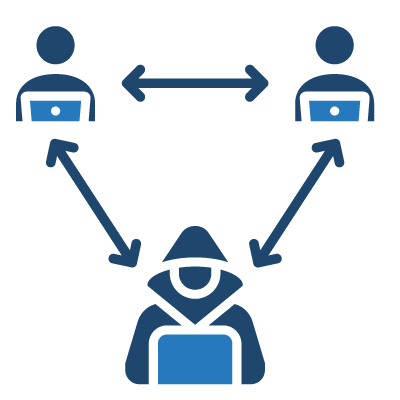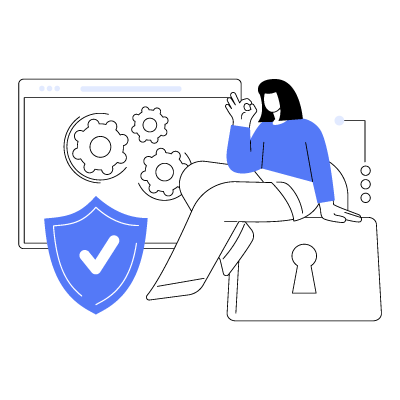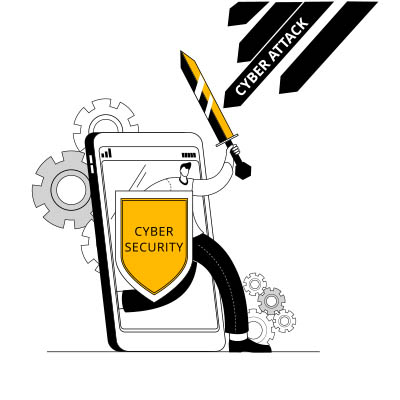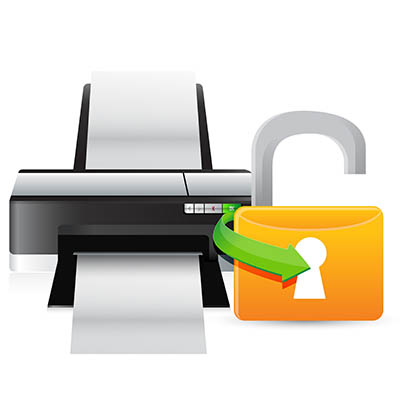Cybersecurity attacks happen when you least expect it, and data is often more susceptible to a cyberattack while it’s moving from one individual to another. This is what is commonly known as a man-in-the-middle attack, or MitM. Essentially, data gets intercepted while it’s in transit—but what can you really do to stop it? Let’s find out.
The second you hear “audit,” your brain likely goes into damage control mode. However, the purposes of an audit are not necessarily malicious. In fact, they can be remarkably beneficial for a number of reasons, including network security. A good audit can help your business stay secure from threats and vulnerabilities.
Every year, there seems to be a notable increase in high-profile ransomware attacks. If you haven’t yet devised a plan to shield your business from these dangers, the time to act is now. Luckily, there are proactive steps you can take to reduce the impact of ransomware attacks, and it all starts with preparation.
The misconception that small businesses are immune to cyberthreats is dangerous. In reality, their size and often lax security measures make them attractive targets. The cost of a cyber incident can be devastating for small and medium-sized businesses. It can lead to downtime, reputation damage, and significant financial loss.
The fact is that phishing messages are all over the place. It doesn’t matter if you are a large corporation or a small business with only a dozen employees; the threat of phishing attacks is real and should be prepared for. Thankfully, one of the easiest ways to avoid phishing messages is as easy as moving your mouse. We are, of course, talking about hovering over links.
Multifunctional printers can be indispensable business tools. However, they also pose significant security risks, potentially serving as entry points for cybercriminals seeking to exploit vulnerabilities and pilfer sensitive data and resources. Safeguarding your organization against these threats is paramount. This blog post will explore key measures to fortify your networks against printer-based vulnerabilities.
You or one of your employees may need to work while on the road for many reasons. Unfortunately, this can be dangerous if you aren’t careful. We wanted to take a few minutes to (hopefully) review some security best practices your entire team should follow should they ever find themselves working as they travel.
Did you know that the first case of ransomware surfaced in 1989? Since then, it has grown far more dangerous and common. Let’s examine some of the numbers regarding ransomware and how you can avoid it affecting your organization.
Do you have the time to monitor your networks 24 hours a day, 7 days a week, 365 days a year? If not, you’re like every other business owner out there, and if you’re not monitoring your network, you’re potentially leaving it open to a lot more threats than you should feel comfortable with.
There has recently been a surge in cyberattacks and data breaches targeting the healthcare industry and its affiliated businesses and vendors. With one such attack currently featured prominently in the headlines, it seemed appropriate to consider why this is and what businesses of all kinds—particularly those in healthcare—need to do to prevent this kind of thing from happening to them.










